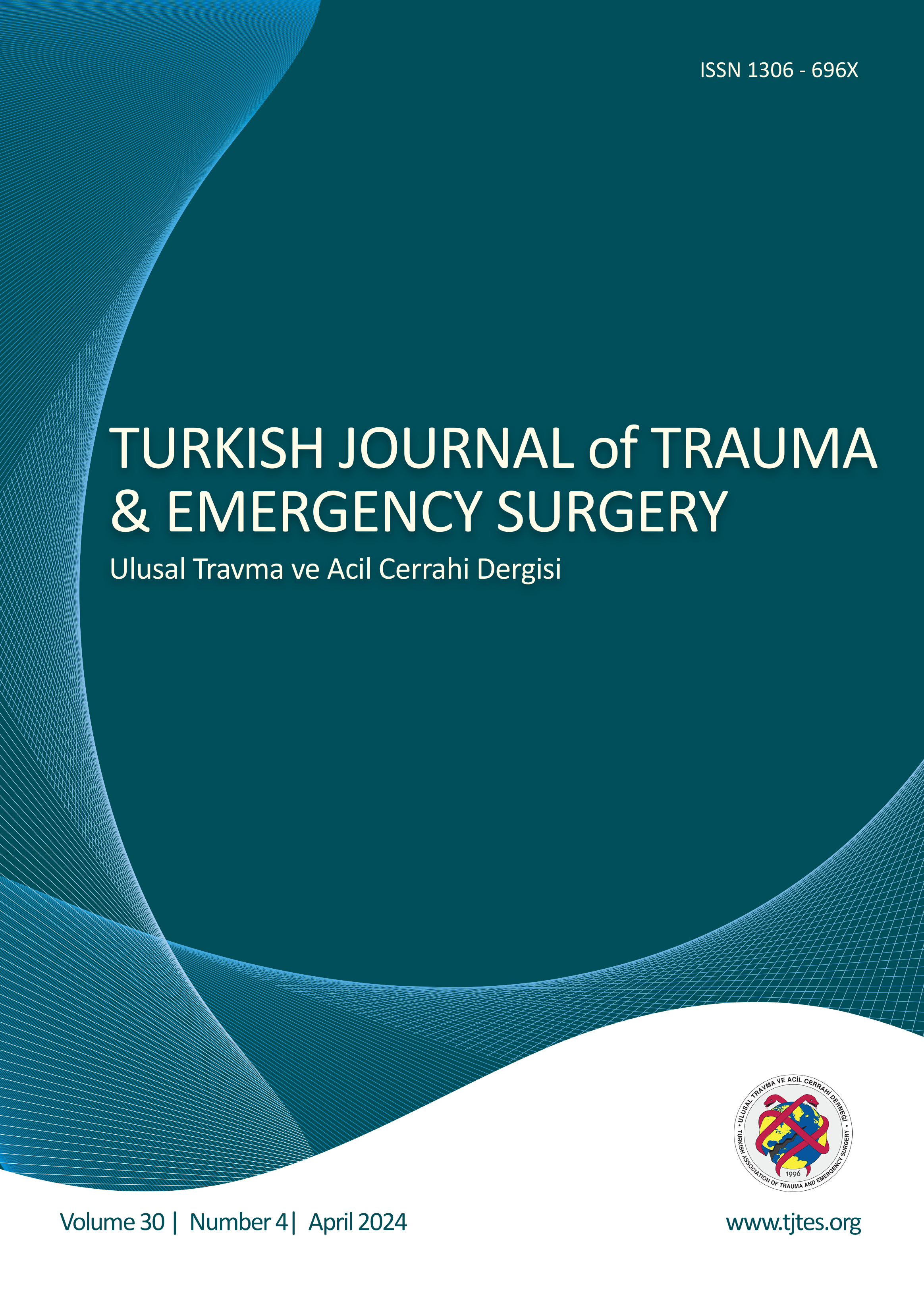Hızlı Arama
THE LATE OUTCOMES OF VENA CAVA FILTERS IN THE PREVENTION OF PULMONARY EMBOLISM
Mehmet Kurtoğlu1, Orhan Alimoğlu2, Ahmet Necefli3, Arzu Poyanlı41Istanbul University Istanbul Tıp Faculty, Department of General Surgery, Istanbul, Turkey, [email protected]2SSK Vakıf Gureba Training Hospital, Department of General Surgery, Istanbul, Turkey
3Istanbul University Istanbul Tıp Faculty, Department of General Surgery, Turkey
4Istanbul University Istanbul Tıp Faculty, Department of Radiology, Istanbul, Turkey
Background: Pulmonary embolism (PE) is the most serious complication of deep venous thrombosis (DVT) resulting in high morbidity and mortality rate. The purpose of this study is to evaluate the long-term results of vena cava filters (VCFs) placement for prevention of PE in high- risk patients.
Methods: Between June 1999 and March 2002, at the Trauma and Surgical Emergency Service of Istanbul Medical Faculty, 15 high-risk patients who underwent placement of filters were evaluated.
Results: There were eleven males (73%) and four females (27%) with mean age of 50 years (range 14 to 76). Eleven of VCFs were placed for prophylactic and four for therapeutic purposes. The indications of VCFs placement are as follows: Spinal
cord injury with life-long paraplegia in eight and quadriplegia in two patients, venous thromboembolism while on anticoagulation in two patients, contraindications to anticoagulation in three patients. The mean duration of follow-up was 17 months (range 3-32 months). No patients developed DVT and recurrent DVT. No patients clinically had signs or symptoms of PE. There was one insertion site thrombosis that related to VCF complications, which resolved with medical therapy. Four patients died during the study period. Medical records revealed no evidence of PE.
Conclusion: Although VCF placement seems to prevent PE in high- risk patients, prospective randomized trials with larger patient groups and longer-term follow up period are necessary to evaluate efficacy and safety of VCF in prevention of PE before making definitive conclusion.
Makale Dili: İngilizce




